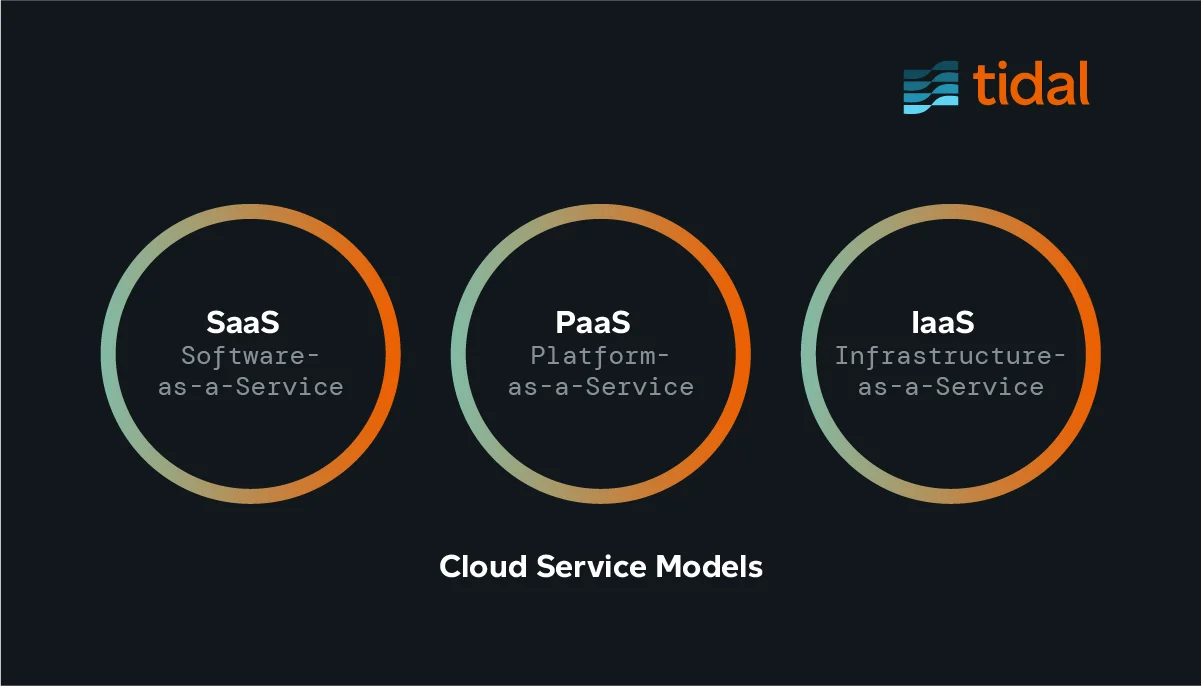Service Models
SaaS (Software-as-a-Service)
- In this model, a cloud provider makes its applications or software available to the consumer to access from their computers, mobile devices, browsers, and more. The cloud provider manages and controls the cloud applications (network servers, operating systems, storage, etc) and provides the software, hardware, and operating systems. The user or organization can purchase or subscribe to the service, paying for access on a subscription basis.
- Examples include: Service Now, Salesforce, Tidal Accelerator, and LightMesh IPAM
PaaS (Platform-as-a-Service)
- In PaaS, the cloud provider makes its platform available to the consumer, allowing consumers to install, develop, and manage their own applications without purchasing and maintaining their own hardware. Mostly used by developers and used by paying a subscription fee.
- Examples include: AWS Elastic Beanstalk and Lambda, Azure Web Apps and Functions, Google Kubernetes Engine, and Cloud Run
IaaS (Infrastructure-as-a-Service)
- IaaS offers highly scalable and automated infrastructure resources managed by the cloud provider, including servers, storage, and networking resources. Businesses can rent or lease resources, accessing them via virtual machines. Provides flexibility and scalability for businesses without needing to invest in and manage physical hardware.
- Examples include: AWS EC2 & Lightsail, Azure Virtual Machines, Google Compute Engine, Digital Ocean Droplets


